Zero Waste, Zero Problems
Trash is building up in the world, but there are easy steps that can be taken on a personal level to combat this issue.

There are many different everyday items that can be zero waste.
Think about the countless number of items bought that come in packages that are just thrown away after it is purchased. It can be very hard to reuse items that are meant to be used only once, but it is not impossible. Living a zero-waste lifestyle can save lots of money and help the environment in the long run.
”The average American generates 4.4 pounds of trash every day. That means every person in the U.S., on average, produces more than 1,600 pounds of garbage per year,” according to cnn.com.
Zero Waste Alternatives:
A zero waste lifestyle can be difficult to maintain at first but there are many stores and websites that sell alternatives to non-reusable items. Take, for example, plastic toothbrushes, Toothbrushes have to be replaced every three to four months, according to colgate.com, which means these non-recyclable objects just end up in landfills or the ocean. An alternative to using plastic toothbrushes are bamboo toothbrushes, which can be purchased online on amazon.com.
Another replaceable item is body wash, most of which come in big plastic containers. Go to a local soap shop and purchase a non packaged handmade bar of soap instead of the plastic ones. This can be a useful method of replacing this wasteful item and also reduces plastic footprints.
Several people stop at the local coffee shop to get a quick energy boost. But many do not think about the environmental impact of the cup that was used to store their drink. Baristas are often willing to make orders in reusable coffee cups. Many coffee shops like Starbucks even sell reusable mugs in the store.
“Each year over 500 billion single-use coffee cups are used and thrown away around the globe,” according to oneplanetzero.com.
Paper plate and plastic silverware can be very easy to substitute when going zero waste by simply using glass plates and metal silverware already owned at home. Although it may seem easier to use something that can just be thrown away because it is annoying to do the dishes, it will all be worth it when plastic footprints are eliminated.
Disposable plastic bags are in almost every store one goes to, but that does not mean they have to be used. At least 267 different species have been affected by plastic pollution in the ocean and 100,000 marine animals are killed by plastic bags annually, according to biologicaldiversity.org. Instead of using plastic bags, bring a couple of reusable fabric bags to the store.
Zero Waste Diet:
Now one may be wondering what those who follow the zero waste lifestyle can eat. Almost every item at the grocery store is packaged; chips, bread, fruit, drinks and the list goes on. But it is still possible to still get essential nutrients while still being waste free.
Simply buying groceries in bulk is very useful when taking on this lifestyle. Most grocery stores like Schnucks, Whole Foods and Fresh Thyme have stations to fill up on dry groceries. But rather than using their plastic bags, bring a mason jar with. But make sure the jar is weighed out so the cashier does not count the weight of the jar into the price.
Shopping at local farmers markets is also another sustainable way of grocery shopping. Using reusable bags and jars is a necessity when shopping at the farmers market and staying waste free. Filling up the jars and bags with freshly grown fruits and vegetables is an easy way to stay one track of this lifestyle.
Many feel the need to constantly go out and eat with friends and family, which contributes to the amount of trash generated and food waste. Simply making home-cooked meals is a great way to make sure no food waste and trash is produced. It can also be a fun way to bring a group of friends or family together to help create the meal.
“The U.S. Department of Agriculture estimates food waste in the United States to be about 30 to 40 percent of the food supply. An estimated 133 billion pounds of food from stores, restaurants and homes was wasted in 2010,” according to the United States Department of Agriculture.
Considering going zero waste can be very difficult but it is most definitely possible. In the end seeing the little waste one has produced, helping the environment and inspiring others to join is so worth it.





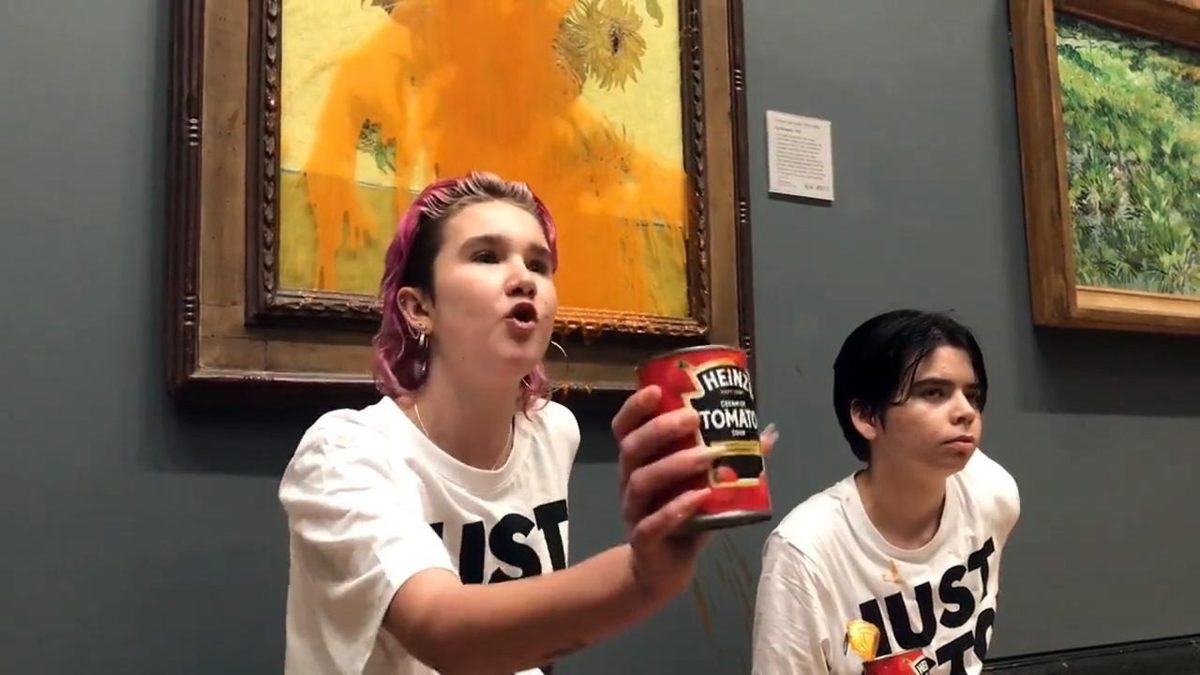




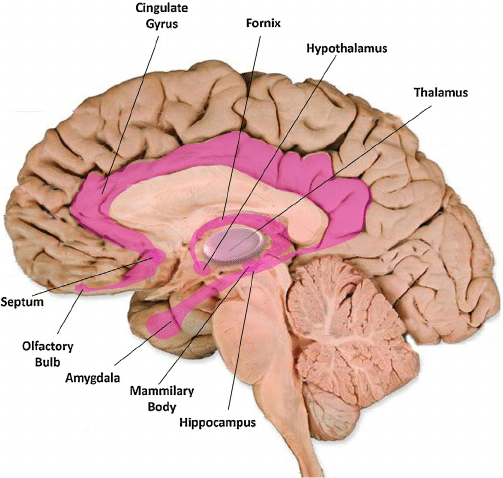






![Orchestra teacher Mieloch is seen directing the orchestra. Mieloch has been teaching for 14 years and is passionate about music.
“Ever since eighth grade I wanted to be a conductor,” Mieloch said. “When I got into high school, I had a couple of really great teachers that made me want to be a teacher and I felt like ‘let’s put them together,’ and I [became] an orchestra teacher.”](https://fzwnews.com/wp-content/uploads/2023/11/kUyj9QUMZeOPBGTDD833b9WDk7Yvt7yppa5Htzqv-800x1200.jpg)







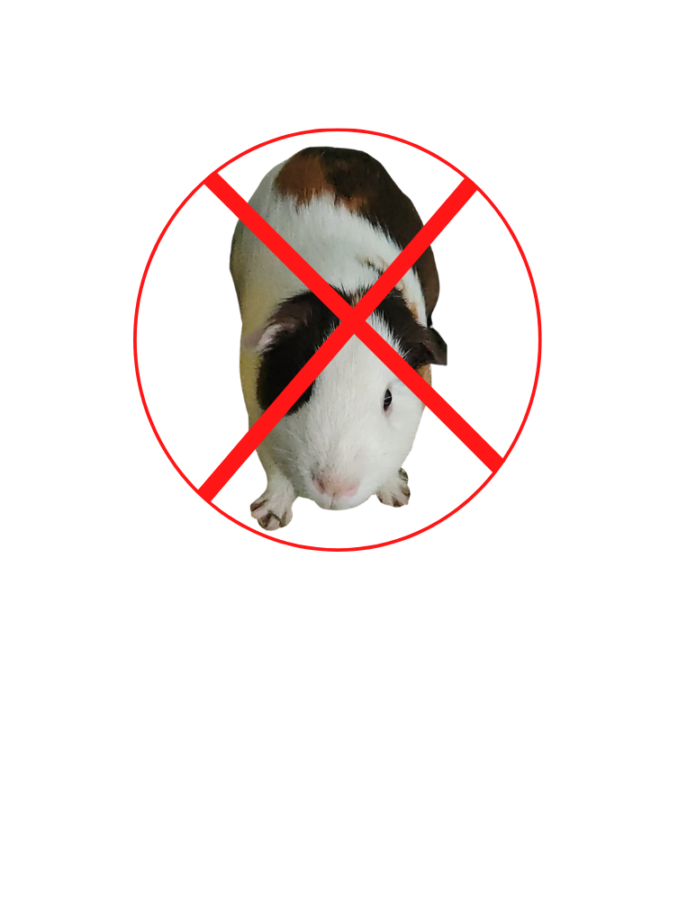










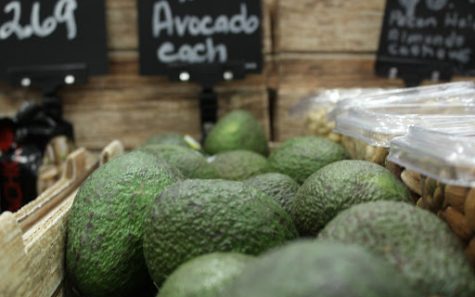
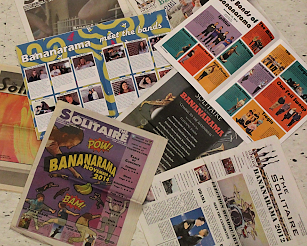

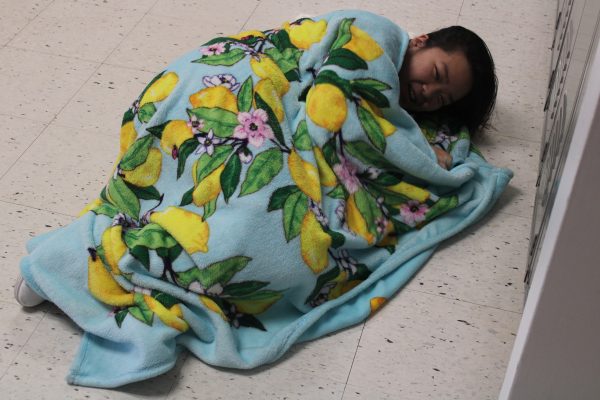
![Orchestra teacher Mieloch is seen directing the orchestra. Mieloch has been teaching for 14 years and is passionate about music.
“Ever since eighth grade I wanted to be a conductor,” Mieloch said. “When I got into high school, I had a couple of really great teachers that made me want to be a teacher and I felt like ‘let’s put them together,’ and I [became] an orchestra teacher.”](https://fzwnews.com/wp-content/uploads/2023/11/kUyj9QUMZeOPBGTDD833b9WDk7Yvt7yppa5Htzqv-400x600.jpg)
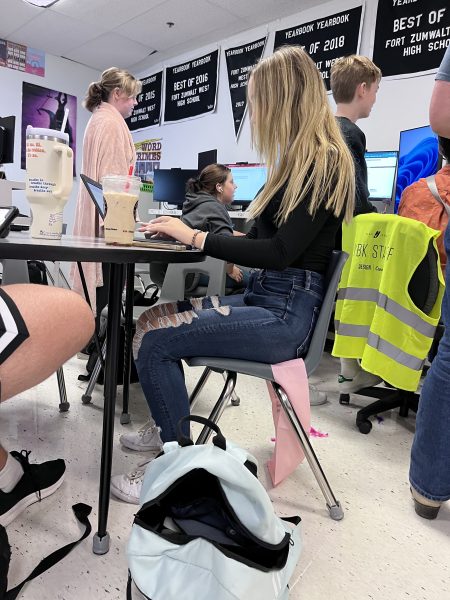



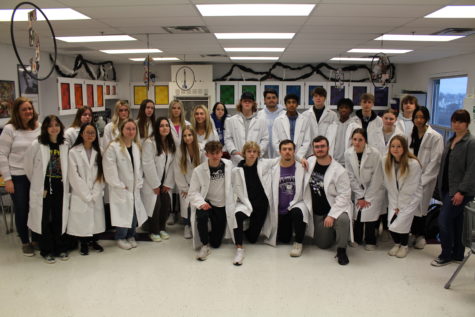

![Color guard members goofing around during a football game. The band stays at the game after their performance to hype up the sections and bring some positivity to the game.
“[There are] people around me that support and understand [me],” freshman Gray Rosemann said (middle).](https://fzwnews.com/wp-content/uploads/2022/12/SFs3feEAXqnynayWEQZkQhYZlYagujGChkvoptjT-475x456.jpg)